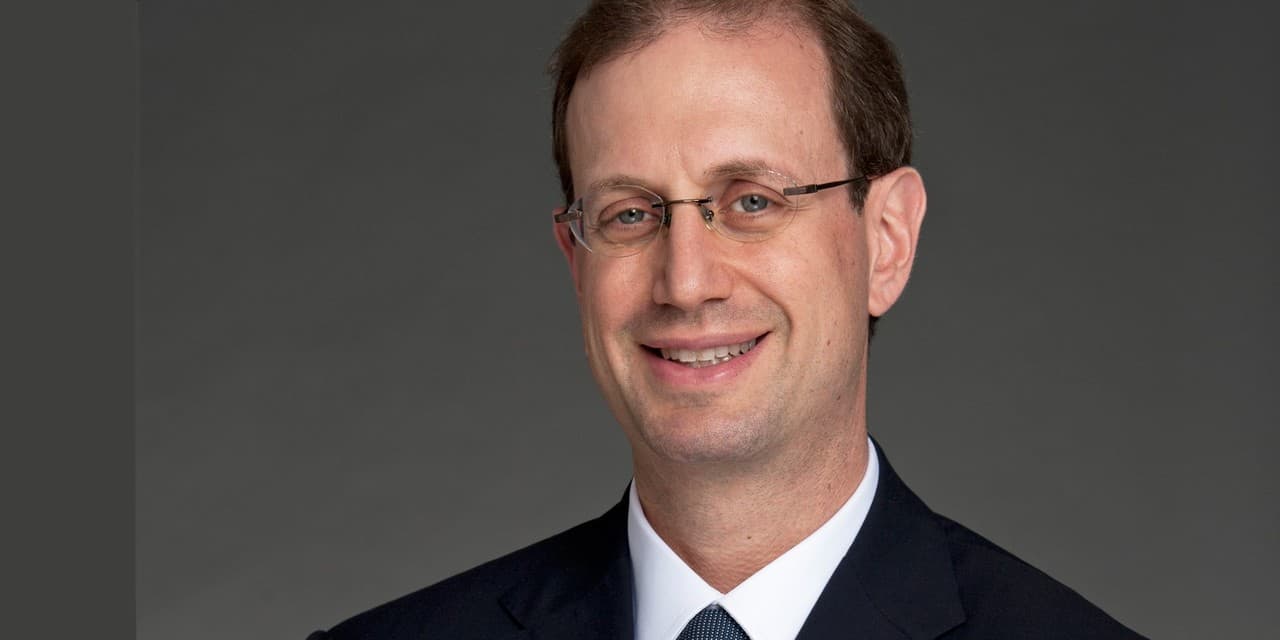Pension funds positioning for growth should prioritise building technological capacity, according to chair of Alberta Investment Management Company Mark Wiseman who led CPPIB through a significant growth period.
“Really, if you have much less than $1 trillion in assets it’s almost impossible to compete globally, as big as the pension plans are, they’re not big enough to compete with the private sector,’’ Wiseman told delegates at Conexus Financial’s Fiduciary Investors Symposium in Australia.
“People, processes and systems – all of those things are incredibly important. If you’re playing catch up, you’re building your tech from behind and you’re never going to get it right,’’ he says.
“It’s a bit like a war; when you’re at war it’s great to move troops ahead but if you don’t have the supply lines then they can’t be effective at the front lines.”
Wiseman, who after leaving CPPIB as CEO also held senior executive positions at Blackrock including Chairing its investment committee, says the manager’s arrival at $10 trillion in funds under management was realised through technology and a “maniacal” focus on automating as many functions as possible for operational leverage, elimination of errors in the system, and use of data and IT systems to make investment decisions.
“Blackrock spends $100 million a year just on data. Not processing or analytics. Alternative data sources, satellite imagery and specificity around shipping costs,’’ he says.
AustralianSuper chief investment officer Mark Delaney says the Australian “mega fund” is now in Model 3.0 of its growth phase which means a more internally managed portfolio with a large investment team operating on a global platform.
“As we get larger the proportion of assets we have invested overseas will increase,’’ Delaney says.
“Australia is a very tough time zone to run global assets from and global investment is what we’re looking to build. We need to be in those markets closer to the assets.”
He predicts AustralianSuper will have 1000 staff in front and back office roles beyond two years, but says recruitment takes time and “bandwidth” from people doing the hiring from within the fund.
“In building 3.0, we looked at others who were $400 and 500 billion and saw what they were doing, the same way we developed 2.0. We’re following the same tried and true strategies with a bias towards private markets,’’ Delaney says.
“We looked at capability and you need a large office, you need a global footprint, you need access to good deals, good partners and highly skilled portfolio managers and you need a very efficient implementation so you don’t give up much in leakages within the portfolio,’’ Delaney says.
Technological change is “coming slowly” to Australia’s super industry with fund managers still using spreadsheets and data which has not changed much since the 1980s, he says.
“There won’t be many fund managers who don’t know how to use AI in the future,’’ Delaney says.
“Data matters, but comes at enormous expense to the business. Already it’s very large for us and alternative data costs even more money. We need to watch data expense to make sure we’re getting value for money.”
McKinsey partner Eser Keskiner (the consultancy recently advised Aware Super on its five-year plan) says culture is central to sustainable growth for super funds.
“… as you expand how do you make sure the culture you build over time is not changed and is unique,’’ he says.
“One thing that’s worked well is mixing homegrown talent with overseas talent that blends; usually the secondees come back to their home country and culture is well established in overseas offices.”
Keskiner says artificial intelligence and data usage is also in a “nascent” phase for pension funds.
“The part that is still nascent is the usual AI, big data and tech in investment decisions,’’ he says.
“There’s this fear of: ‘where will tech fit in with investment decision making? Will it displace human decision making? Is it complementary? Where do we draw the line?
The big area is to what extent can we automate and take away analytical data analysis that will free up investment professionals to add quality on top.”


